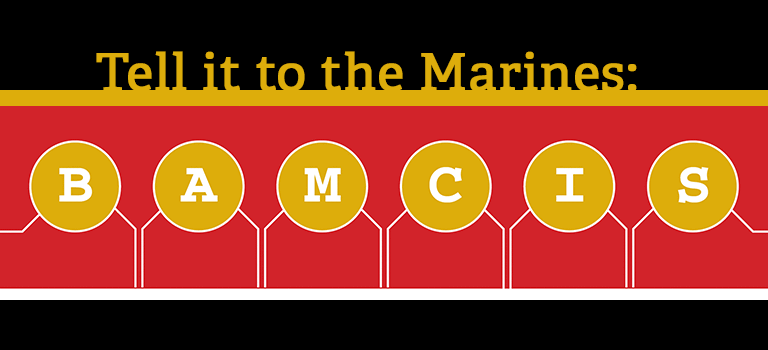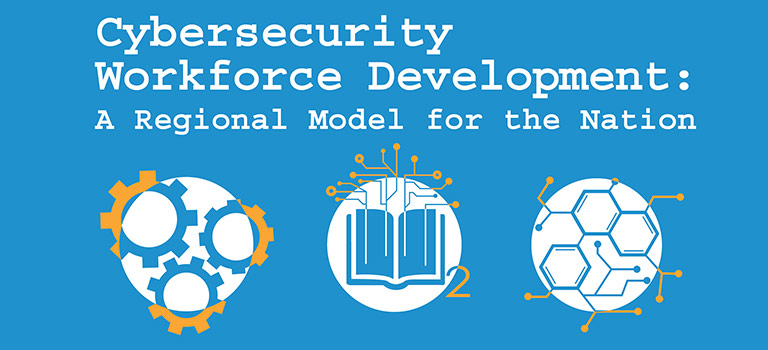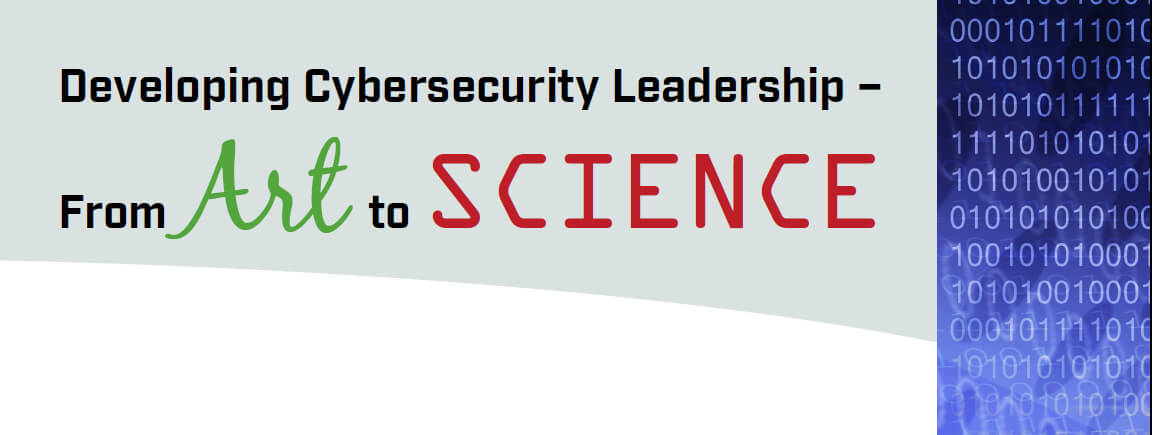Training and Workforce Development
Cybersecurity Incident Response Planning
Author(s):
-Dr. Michael C. Redmond, Director of Information Security and Risk Management, Redmond Worldwide (Author)
Cybersecurity Incident Response Plan (CIRP) is a crucial consideration for today’s information technology leadership. Attacks are rising in both frequency and severity. The impact is often severe; organizations are disrupted with resulting downtime losses. Although preventative measures can be taken, not all incidents are stopped. Effective incident response capabilities are necessary to rapidly detect and … Read more












